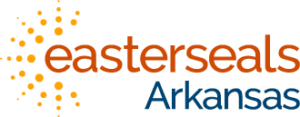Easterseals Arkansas
Developmental Preschool / Outpatient Therapy Center / Outreach / Corporate Office
3920 Woodland Heights Road
Little Rock, AR 72212-2495
(501) 227-3600
info@eastersealsar.com
Easterseals Arkansas
Center for Training and Wellness
14901 Cantrell Road
Little Rock, AR 72223
(501) 367-1200
ctw@eastersealsar.com
Easterseals Arkansas
Children’s Rehabilitation Center
3818 Woodland Height Road
Little Rock, AR 72212
(501) 219-4000
crcinfo@eastersealsar.com
Easterseals Arkansas
Stacey & Allen Homra Child Development Center
1801 N. Buerkle Road
Stuttgart, AR 72160
(870) 672-7730
gpcdc@eastersealsar.com
Easterseals Arkansas
Butler Adult Living Center
11805 Fairview Road
Little Rock, AR 72120
(501) 221-1063
info@eastersealsar.com
Easterseals Arkansas
The Academy
West Location
3724 Woodland Heights Road
Little Rock, AR 72212
Academy Riverdale Location
1617 Brookwood Drive
Little Rock, Arkansas 72202
(501) 663-6965
info@eastersealsar.com
